Incorrect flow meter placement can lead to measurement errors of up to 20%, causing significant process control and billing issues.
Flow meters should typically be installed after pumps with sufficient straight pipe runs to ensure stable flow profiles and accurate measurements.
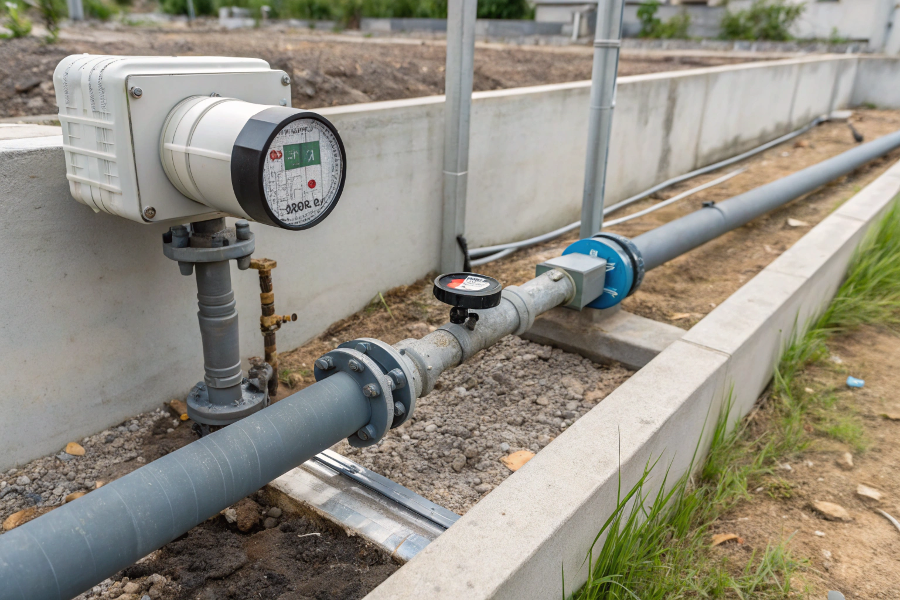
Flow Meter Installation Location
Let me share my installation experience to help you make the right choice for your application.
Where Should a Flow Meter Be Placed?
Many engineers struggle with optimal flow meter positioning in complex piping systems.
Flow meters require straight pipe runs of 5-20 diameters upstream and 2-5 diameters downstream, away from disturbances like pumps, valves, and elbows.
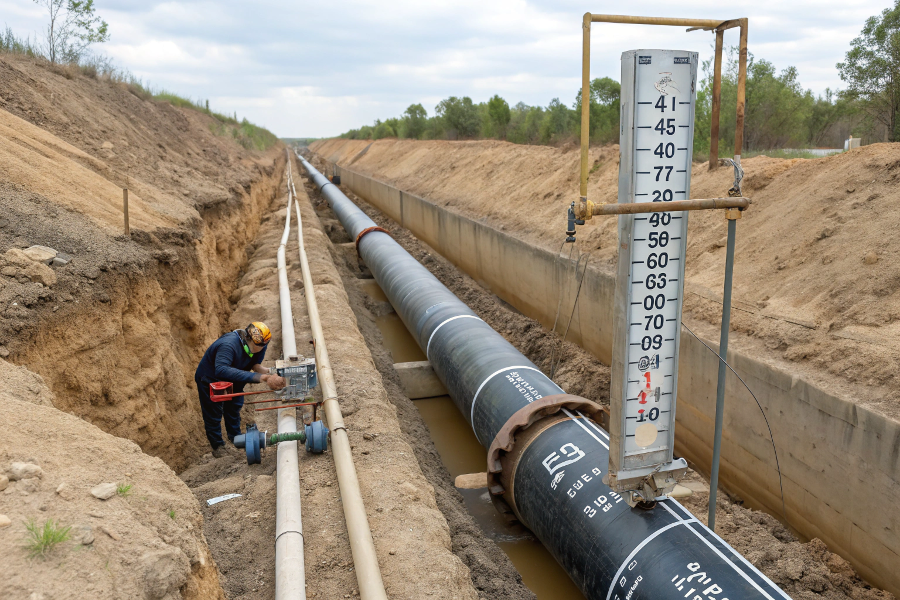
Ideal Flow Meter Placement
Based on my installation experience:
Installation Requirements
-
Key Considerations
Factor Requirement Reason Upstream 5-20D straight run Flow profile Downstream 2-5D straight run Stabilization Orientation Vertical/horizontal Air removal Direction Flow arrow match Accuracy -
Location Factors
- Pipe full condition
- Access for maintenance
- Environmental protection
- Signal transmission
Common Mistakes
-
Problem Areas
- Too close to disturbances
- Wrong orientation
- Poor access
- Inadequate support
-
Prevention Steps
- Proper planning
- Following guidelines
- Regular inspection
- Documentation review
Proper placement ensures accuracy.
Should You Use Peak Flow Meter Before or After Inhaler?
Flow measurement sequence affects medical treatment effectiveness.
Peak flow measurements should be taken before using an inhaler to establish baseline lung function, then again after inhaler use to assess medication effectiveness.
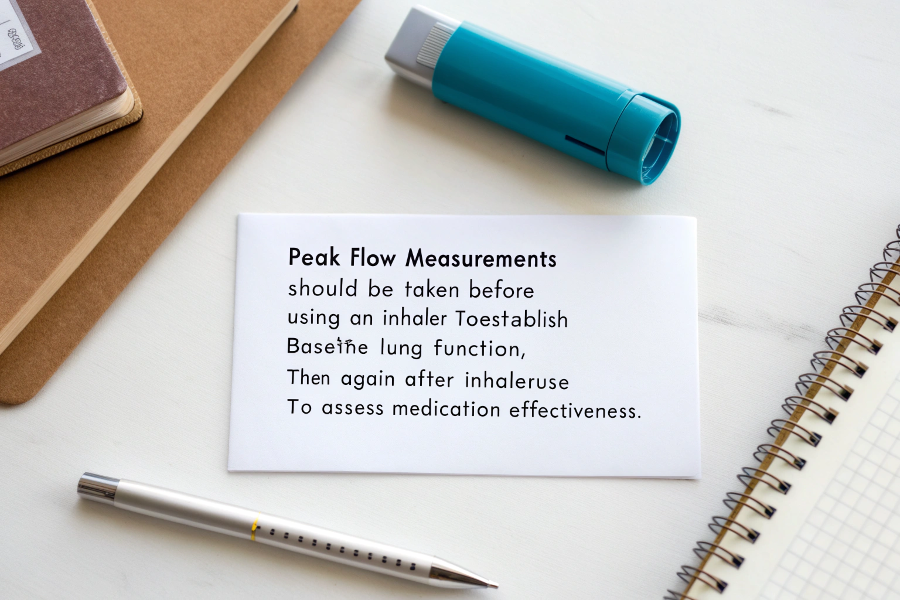
Peak Flow Meter Usage Timing
From my industrial perspective:
Measurement Sequence
-
Testing Protocol
Stage Action Purpose Before Baseline reading Initial condition After Response check Effect verification Regular Monitoring Trend analysis Emergency Quick check Status assessment -
Important Factors
- Consistent technique
- Regular timing
- Proper recording
- Result analysis
Best Practices
-
Measurement Steps
- Clean equipment
- Proper position
- Correct technique
- Accurate recording
-
Documentation
- Time of readings
- Medication details
- Response patterns
- Trend analysis
Proper sequence improves results.
Should Flow Meter Go Before or After Filter?
Filter effects on flow measurement accuracy concern many users.
Install flow meters after filters to ensure clean fluid and stable flow profiles, preventing measurement errors and potential damage to the meter.
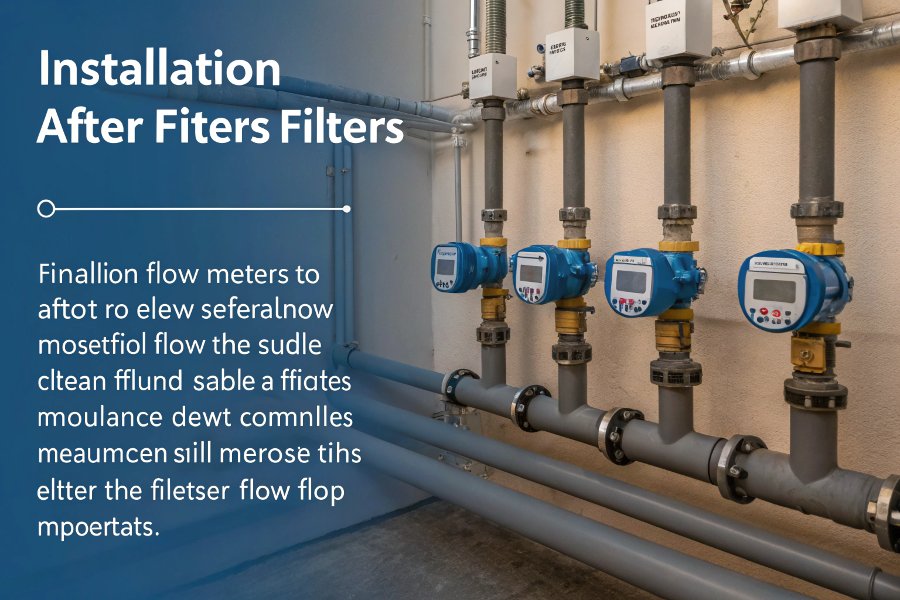
Flow Meter and Filter Placement
Here’s what I’ve learned:
Installation Configuration
-
Placement Considerations
Position Advantage Disadvantage After Filter Clean fluid Space needed Before Filter Early warning Potential damage Combined Complete data Cost increase Bypass Maintenance ease Complex setup -
Critical Factors
- Fluid cleanliness
- Pressure drop
- Maintenance access
- System protection
Implementation Guidelines
-
Design Requirements
- Space allocation
- Pressure consideration
- Access planning
- Safety features
-
Maintenance Aspects
- Filter monitoring
- Regular cleaning
- Performance checks
- Documentation
Proper positioning protects equipment.
Should Flowmeter Go Before or After Valve?
Valve interference with flow measurement is a common concern.
Install flow meters upstream of control valves to avoid flow profile disturbances, but downstream of isolation valves for maintenance purposes.
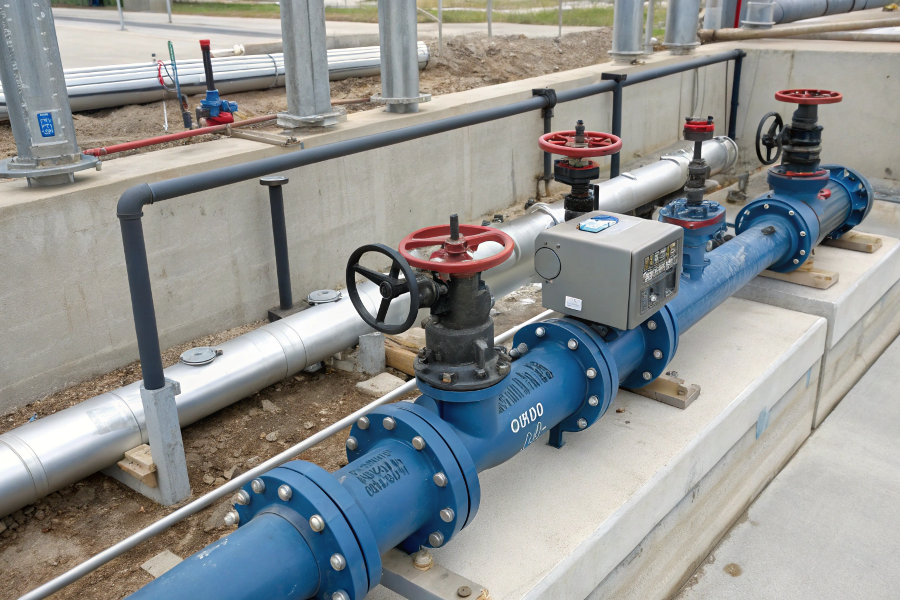
Flow Meter and Valve Configuration
From my valve experience:
Valve Configuration
-
Position Analysis
Valve Type Placement Consideration Control After meter Profile stability Isolation Before meter Maintenance Check Before meter Backflow protection Relief Independent Safety -
Important Aspects
- Flow stability
- Maintenance access
- Safety requirements
- System protection
Design Guidelines
-
Layout Planning
- Space requirements
- Access needs
- Safety considerations
- Maintenance space
-
Operation Factors
- Flow control
- Pressure management
- System protection
- Performance monitoring
Proper configuration ensures reliability.
Conclusion
Successful flow meter installation requires careful consideration of placement relative to pumps, filters, and valves, along with proper straight run requirements and maintenance access for optimal performance.
